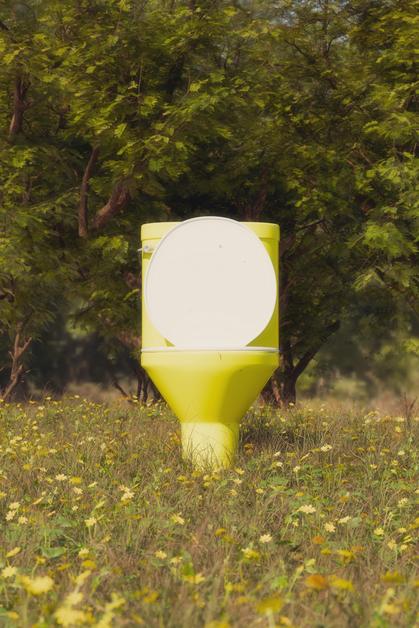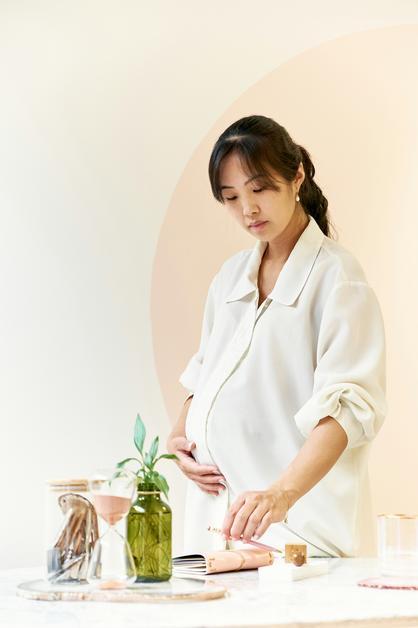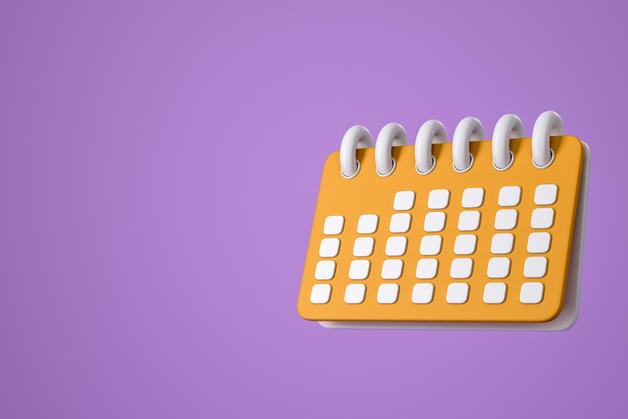Bringing a new baby into the world is a moment wrapped in wonder, anticipation, and—let’s be honest—an avalanche of questions. Whether it’s your first child or your fifth, the first actions performed at birth ignite both curiosity and concern. What exactly happens in that flurry right after the final push? Will your baby cry right away? How do professionals know your newborn is healthy? These initial moments set the tone for adaptation, bonding, and ongoing health. Expect careful observation, rapid adjustments to the outside world, and an orchestration of care that puts both medical expertise and emotional support at the center.
Here’s what really unfolds: from the first breaths and assessments, to umbilical cord care, temperature regulation, first feeding, and those critical checklists that ensure every need—yours and your baby’s—is recognized and addressed. Dive into the heart of this transition: precise enough for those who seek the medical logic, but always attentive to the real-life tangle of questions, emotions, and choices that define parenthood from the very first second.
Immediate transition: the first actions performed at birth
A newborn’s arrival on the outside is abrupt. The first actions performed at birth are all about ensuring your baby’s sudden switch from the safe, warm uterine world to a bright, chilly delivery room is as smooth as possible. Imagine it: seconds after delivery, professionals check for the sound of a first, robust cry—a sign that lungs are inflating, airways are open, and oxygen is flowing.
A team—midwife, neonatologist, nurse—assesses vital signs. Breathing. Heart rate. Skin color. Sometimes, the baby is gently suctioned if mucus blocks the nose or mouth. Why such urgency? These assessments are not only indicators of immediate health, but also provide early warning if breathing is delayed or weak. Within moments, your baby is dried with warm towels. A seemingly simple gesture, but medically vital: newborns can lose heat suddenly, putting them at risk for hypothermia (dangerously low body temperature).
Now comes an almost ritual moment: immediate skin-to-skin contact. Bare on a parent’s chest, baby receives warmth, comfort, and familiar heartbeat sounds—a sensory bridge from pregnancy to life outside. This act also helps stabilize breathing, pulse, and blood sugar while laying a foundation for secure attachment and breastfeeding. That safe cocoon of skin contact, if possible, is the gold standard. But if medical conditions delay the moment, partners or support persons can step in. Every family’s journey is respected.
Apgar and the first vital assessments
You may wonder about the score whispered between medical staff as they glance at the clock: the Apgar evaluation. Introduced by Dr. Virginia Apgar, this rapid clinical test is repeated at one and five minutes after birth, covering five essential domains:
- Appearance (skin color)
- Pulse (heart rate)
- Grimace (response to stimulation)
- Activity (muscle tone)
- Respiration (breathing quality)
Each area receives a score from 0–2, totalling up to 10. Scores of 7 or higher reassure both teams and families that your baby is adapting well. If lower, supportive interventions—rubbing, oxygen, or ventilation—are swiftly employed, always with clear communication to you. For healthy newborns, this assessment is a formality, but for babies facing challenges, it guides immediate, targeted support.
Umbilical cord care: timing and safety
Did you know the umbilical cord usually keeps pulsating for up to a minute or longer after birth? This delay is purposeful. Delayed cord clamping gives the baby more blood (yes, more iron and oxygen power!), supporting circulation and overall stability for the newborn phase. When the cord stops pulsing, it is clamped and carefully cut with sterile tools. No mystery here: this prevents infection and bleeding. Sometimes, the partner is invited to cut the cord—a moment many describe as unexpectedly moving.
From here, cord care continues: the stump is kept clean and dry, avoiding any creams or powders that could mask signs of infection. Redness or discharge at the base? That warrants medical review. Prevention is the goal, but so is empowerment—parents are encouraged to ask questions freely and observe with confidence.
Identification and security
Right from the start, identification bands are secured to your baby’s ankle or wrist, matching those of the birth parent. Hospitals and birth centers uphold strict protocols—sometimes even using digital verification tools or footprints—to prevent any mix-up, providing an extra layer of reassurance. Every feed, intervention, or medication given in the moments after birth is carefully documented, forming the blueprint of your baby’s medical journey.
First feeding: breast or bottle
Whether you’ve planned to breastfeed, bottle-feed, or have yet to decide, the first actions performed at birth acknowledge both the nutritional and emotional power of early feeding. Hospitals commonly support a “welcome feed” as soon as baby shows readiness (rooting, alertness), ideally within the first hour.
Why so soon? Beyond satisfying hunger, this initial feed jumpstarts digestion, helps stabilize blood glucose, and brings emotional comfort after the exertion of birth. Colostrum—sometimes just a few drops of thick, golden fluid—delivers potent antibodies and energy. Choosing a bottle? The benefits of proximity, cuddling, and gaze remain just as strong. Support, not judgment.
Maintaining warmth and comfort
Imagine the transition: from an amniotic bath at a constant 37°C to a room often ten degrees cooler. Small bodies lose heat briskly, which is why the first actions performed at birth prioritize temperature stability. Immediate drying, swift skin-to-skin, and soft blankets are not just reassuring touches—they are evidence-backed strategies that reduce the risk of dangerous cold stress.
Should more support be needed, radiant warmers stand ready, offering gentle reassurance against chilling. Interestingly, first baths are delayed in many facilities, allowing the vernix—a creamy, white coating that acts as the world’s most natural moisturizer and antimicrobial barrier—to protect and nourish the baby’s skin for 24 hours or more.
The comprehensive head-to-toe examination
The physical examination conducted in the first hour (sometimes slightly later if bonding and feeding are progressing well) is a routine medical safeguard. Healthcare providers check for visible injuries, congenital differences, limb movements, skin color patterns like jaundice, and any signs of respiratory distress. Weight is measured, as are length and head circumference—though the latter two might be deferred if the parent-baby dyad is enjoying an undisturbed first contact.
When congenital issues or injuries are suspected, swift escalation to specialized care ensures the best possible outcomes—a reminder of the synchronized dance between watchful waiting and immediate action.
Special protocols for preterm and high-risk newborns
The story is not always straightforward. What if your baby is born preterm, or if a health issue is anticipated based on pregnancy screenings? The first actions performed at birth adapt accordingly: perhaps a neonatal team will be poised, ready with a pre-warmed incubator, non-invasive monitoring, or even assisted ventilation.
Here, the focus is unwavering—provide optimal oxygenation, maintain warmth, and stabilize all systems before family bonding can safely begin. Parents are enveloped in clear explanations and, whenever possible, hands-on involvement, even in neonatal intensive care settings.
Preventive care: vitamin K and eye treatments
Two interventions are nearly universal in the first hours: a vitamin K injection (to prevent dangerous internal bleeding disorders, as newborns naturally lack this clotting factor) and antibiotic eye drops (protecting against rare but serious bacterial infections). Both steps are science-backed and explained clearly, with consent and parental preferences always at the forefront.
Documentation and ongoing communication
Every first action performed at birth—from the snipping of the cord to the first cry, the first latch or bottle—lands in the official medical record and health book provided to parents. Why this emphasis? Complete documentation is not just paperwork; it underpins safe, continuous and coordinated care.
Families can expect regular updates, encouragement to ask questions, and comprehensive guidance about what’s next—including when to seek help. The transition doesn’t end in the delivery room; it’s the beginning of a supported, evolving journey.
Key Takeaways
- The first actions performed at birth are a dynamic, evidence-guided choreography—combining immediate assessment (breathing, heart rate, color), supportive touch, and vigilant medical observation.
- Early skin-to-skin contact, temperature protection, and prompt feeding are universally recognized for their role in both health (regulating blood sugar, heart rate, and warmth) and parent-infant bonding.
- Practices like delayed cord clamping, vitamin K and antibiotic eye treatments are rooted in rigorous scientific research, supporting both immediate and longer-term benefits.
- Comprehensive identification and careful documentation help guarantee ongoing safety and continuity as your newborn begins their medical and developmental path.
- Every family’s situation is unique: support for preterm or medically vulnerable babies is seamlessly integrated, always adapting to the circumstances of birth.
- Open communication, transparency, and respect for parental choices are foundations of contemporary newborn care.
- Certified professionals and resources stand ready to accompany parents through every question and challenge in the early hours, days, and beyond.
Ready for tailored advice and health checklists as you embrace this new adventure? Download the Heloa app for personalized guidance and free child health questionnaires—empowering your family, one confident step at a time.
Questions Parents Ask
What happens if my baby doesn’t cry immediately after birth?
There are situations where a newborn might not cry right away, and cela peut parfois inquiéter les parents. Rassurez-vous, ce n’est pas toujours le signe d’un problème. Les médecins et sages-femmes sont formés pour évaluer rapidement la respiration et la vitalité du bébé dès les premières secondes. Si votre enfant ne pleure pas mais respire bien, tout peut aller parfaitement. Dans certains cas, une stimulation légère ou un soutien comme l’aspiration des voies respiratoires peut être proposé. L’important reste que l’équipe veille attentivement à ce que chaque bébé commence à bien respirer, et intervient rapidement si nécessaire.
Why do some babies need their airways cleared after birth?
Il arrive que du liquide, du mucus ou des résidus obstruent légèrement les voies respiratoires d’un nouveau-né, surtout après un accouchement rapide ou si bébé avale un peu de liquide durant la naissance. Nettoyer les voies respiratoires permet de faciliter le passage de l’air et d’assurer une bonne oxygénation dès les premiers instants de vie. Cette démarche est réalisée avec douceur, en priorité pour le confort et la sécurité de l’enfant, afin de l’aider à prendre ses premières respirations dans de bonnes conditions.
When is resuscitation needed for a newborn?
Parfois, un nouveau-né a besoin d’une aide supplémentaire pour démarrer une respiration régulière ou pour retrouver un rythme cardiaque satisfaisant. Cette intervention, appelée réanimation néonatale, est rare mais parfaitement encadrée par des professionnels spécialisés. Elle peut inclure une ventilation douce ou des gestes de stimulation adaptés. Cela peut impressionner, mais dans la grande majorité des cas, ces mesures sont efficaces et permettent au bébé de rejoindre rapidement ses parents pour le début du peau-à-peau et une adaptation en toute sécurité. N’hésitez pas à échanger avec l’équipe qui saura vous rassurer et répondre à vos inquiétudes.
Further reading:









